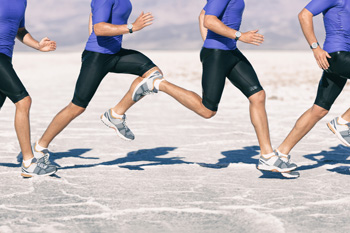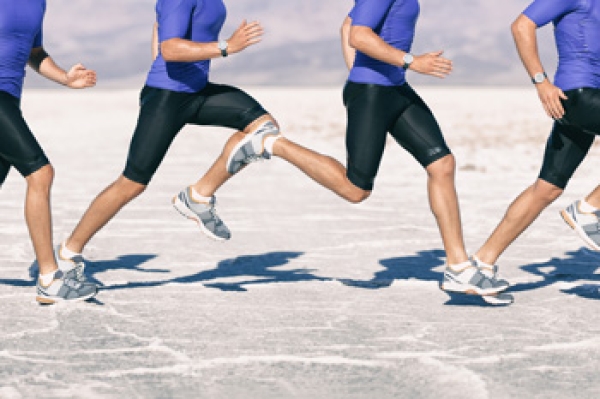
The proper running foot strike is essential for preventing injuries and improving performance. While running, the anatomy of the foot plays a key role in how the body absorbs impact. There are several types of foot strikes, each affecting the body differently. A heel strike occurs when the heel hits the ground first, often seen in runners with a longer stride or those who overstride. A midfoot strike is when the middle of the foot lands first, offering a more natural and efficient impact absorption. The forefoot strike involves landing on the balls of the feet, which is common in sprinters and fast runners. A flat foot strike is when the entire sole of the foot touches the ground at once, which can place excess strain on the lower limbs. Lastly, a toe strike is when only the toes touch the ground first, providing more propulsion but sometimes leading to calf strain. If you enjoy running and have endured a foot or ankle injury, it is suggested that you consult a podiatrist who can treat various foot injuries, and guide you on correct running techniques.
If you have any concerns about your feet, contact Dr. Joshua David Scoll from Pennsylvania. Our doctor can provide the care you need to keep you pain-free and on your feet.
Biomechanics in Podiatry
Podiatric biomechanics is a particular sector of specialty podiatry with licensed practitioners who are trained to diagnose and treat conditions affecting the foot, ankle and lower leg. Biomechanics deals with the forces that act against the body, causing an interference with the biological structures. It focuses on the movement of the ankle, the foot and the forces that interact with them.
A History of Biomechanics
- Biomechanics dates back to the BC era in Egypt where evidence of professional foot care has been recorded.
- In 1974, biomechanics gained a higher profile from the studies of Merton Root, who claimed that by changing or controlling the forces between the ankle and the foot, corrections or conditions could be implemented to gain strength and coordination in the area.
Modern technological improvements are based on past theories and therapeutic processes that provide a better understanding of podiatric concepts for biomechanics. Computers can provide accurate information about the forces and patterns of the feet and lower legs.
Understanding biomechanics of the feet can help improve and eliminate pain, stopping further stress to the foot.
If you have any questions please feel free to contact one of our offices located in Philadelphia, Bensalem, and Fairless Hills, PA . We offer the newest diagnostic and treatment technologies for all your foot and ankle needs.

